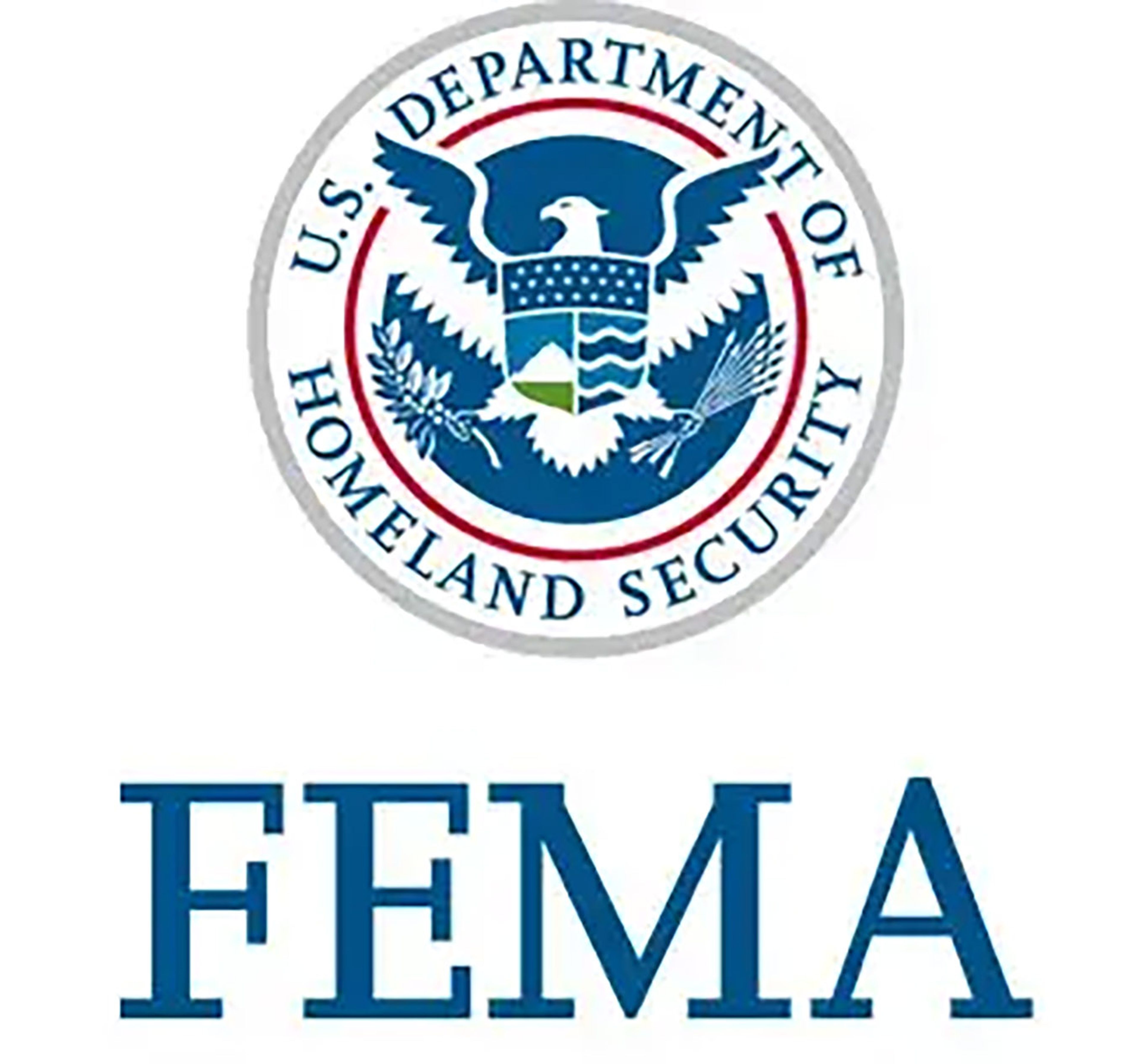A mink has a perpetual bad temper. It has been described as a triple-distilled essence of red-eyed fury. This is a story about my husband's visit to a mink farm near Puyallup, Wash. My husband, who has considerable experience working with mink, was there to discuss mink health problems with the farmer.
As my husband sat down in the farmhouse living room, a mink ran up his leg and then left for the kitchen sink. Then it ran into the bathroom, jumped into the bathtub and ended up in the toilet. The farmer explained that he raised this mink as a pet and it never attacked visitors.
All mink, with the exception of this pet, must be handled with heavy, leather gloves. Mink farmers say, "If you pick up 1,000 mink, you will get 1,000 bites." There are about three million mink raised in the northern states of Michigan, Minnesota, Washington, Oregon and Wisconsin. Almost all the pelts are shipped to Hong Kong, Italy or Greece where they are made into coats. Mink coats are popular in China, South Korea and Europe. Because of the animal rights groups in the United States, the sales of mink coats have been very limited in this country. Farm-raised mink are bred in March, have their kits in May and are pelted the following November.
Ranch-raised mink come in a variety of colors due to mutations that have popped up. Farmers have bred these mutations until they have a sizable number of a new colored mink. While wild mink are jet black, mutation mink can be pastel, a bluish color, white or more than a dozen other colors.
Because mink really do not like each other, they will usually fight if penned together. Males and females are only raised together at breeding time. Some of the larger mink farms have 50,000-100,000 mink.
Mink are fed diets based on scrap fish, chicken byproducts and cereals along with vitamins and minerals. They are vaccinated each year against botulism, distemper, enteritis and pseudomonas bacteria.
The end of the story regarding the mink farmer's pet mink involves a second visit by my husband to the farm. The farmer met him with a heavily bandaged hand.
"What happened?" my husband inquired.
The answer was simple. "My pet mink!" Obviously, the mink is no longer a pet.
Mary Ellen Gorham is a pet fancier from Pullman.








